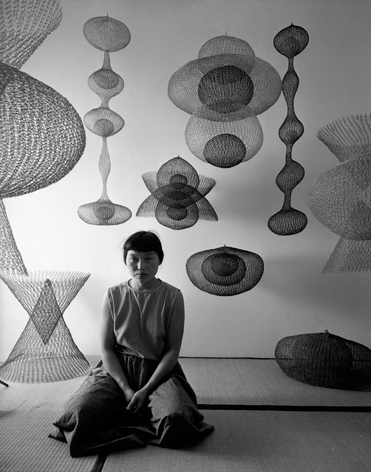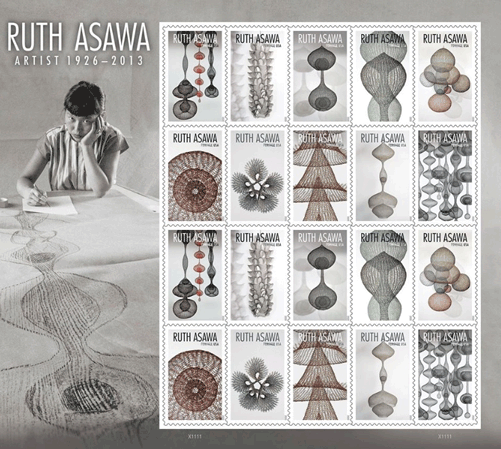The United States Postal Service has come under fire as of late. President Donald Trump repeatedly made claims that mail-in ballots would encourage voter fraud and proposed cutting the $25 billion in funding the USPS had requested to continue operations. His administration made rapid changes by cutting overtime hours for employees, limiting postal service hours, and removing high-volume mail sorting machines. Postmaster General Louis DeJoy, a longtime Trump ally and donor, said the changes would increase efficiency and save money. Yet, those notions were difficult to rationalize, and the United States mail system is currently experiencing major delays. The House of Representatives responded with a bill to send the $25 billion to the Postal Service, and the bill was approved on August 22, 2020. Still, the precariousness of that event has instilled fear in mail-in voters and others who rely upon the USPS. These tumultuous times, with COVID-19 and Black Lives Matter protests, have provoked many Americans to express doubt in the government’s mission to serve and protect.
In order to show up in support of the USPS, citizens can take a handful of actions: people may still vote by mail but should do so early to ensure that the USPS has proper time to process the mail, sign petitions and spread the word through protests and campaigns, call local congressional representatives, send a letter or a package, and buy stamps.

This month, the USPS released a new line of stamps to honour the late artist Ruth Asawa. Ruth Asawa (1926-2013) was an American artist best known for her detailed wire sculptures, which hung from the ceiling and cast interesting shadows. Asawa was born in Norwalk, CA to Japanese immigrants, and during World War II she and her family were placed in internment camps. She left California as a young adult to pursue a teaching degree from Milwaukee State Teachers College but decided to leave after enduring discrimination. This move led her to the Black Mountain College of Asheville, NC where she studied art under Buckminster Fuller and Josef Albers, who inspired her sculptural work. She began creating her famous wire sculptures there, with a desire to use a consistent line interwoven in space to create organic forms. Asawa later realized that the inspiration behind her forms came from her childhood when she would draw organic forms in the dirt with her toes on her family farm. In addition to creating her famous wire sculptures, Asawa produced public commissions around San Francisco and was a lifelong advocate for arts education in her city. The first public arts high school there, which opened in 1982 was renamed the Ruth Asawa San Francisco School of the Arts in 2010. She worked as an artist and arts educator in San Francisco until her death in 2013. Asawa’s work lives in the permanent collections of The Museum of Modern Art in New York, the Getty Museum, and the de Young Museum in San Francisco.

The newly released set of beautiful stamps come in a set of 20 and feature ten of Asawa’s unique sculptures, alongside a photograph of the artist from a 1954 Life magazine photo shoot. They can be purchased online directly from the USPS for $11.00 per sheet.
